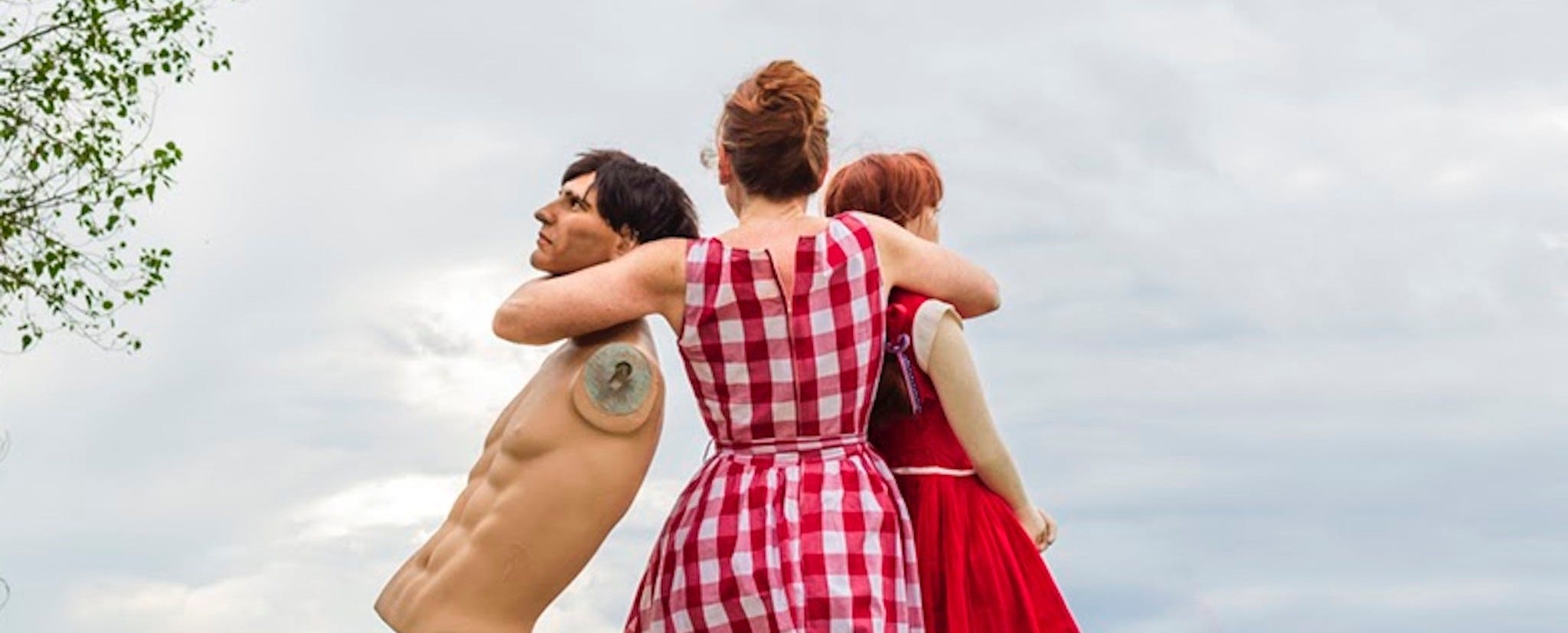Suzanne Heintz is Done Playing House
The documentary filmmaker talks to Narratively about the end of her 20-year project that challenged popular notions about women and marriage.
For twenty years, photographer and filmmaker Suzanne Heintz lugged two mannequins—one her husband, Chauncey, and the other their daughter, Mary Margaret—around the world for her popular Playing House Project, which was originally conceived as a humorous way to challenge societal expectations for women to get married. Heintz’s project was featured on Narratively in 2015, before forming the basis of a 2019 documentary film about her life, Imitating Life: The Audacity of Suzanne Heintz.
Several months after the release of the film and Heintz’s recent decision to officially end her project, Narratively talked to Heintz about the impact of her work and what’s next for her.
Keep reading with a 7-day free trial
Subscribe to Narratively to keep reading this post and get 7 days of free access to the full post archives.




